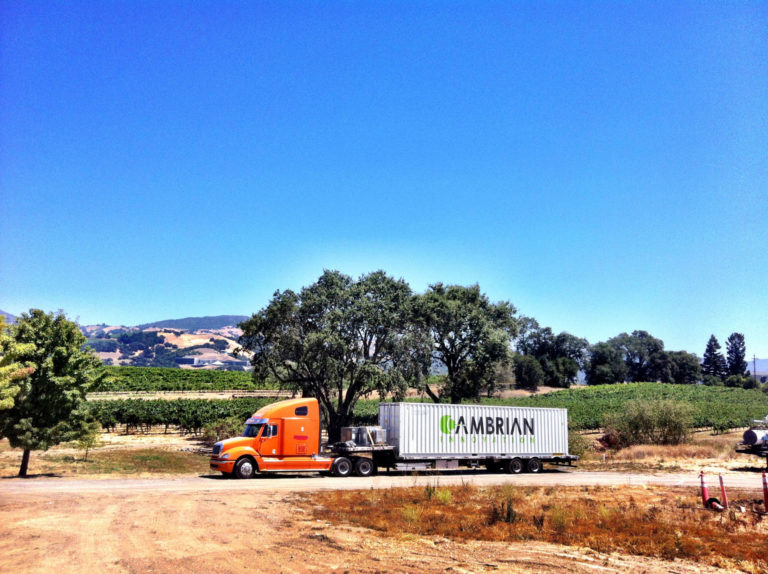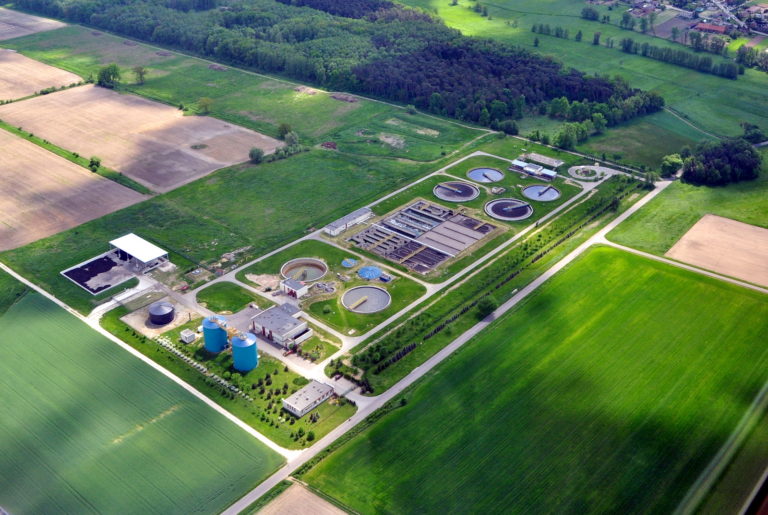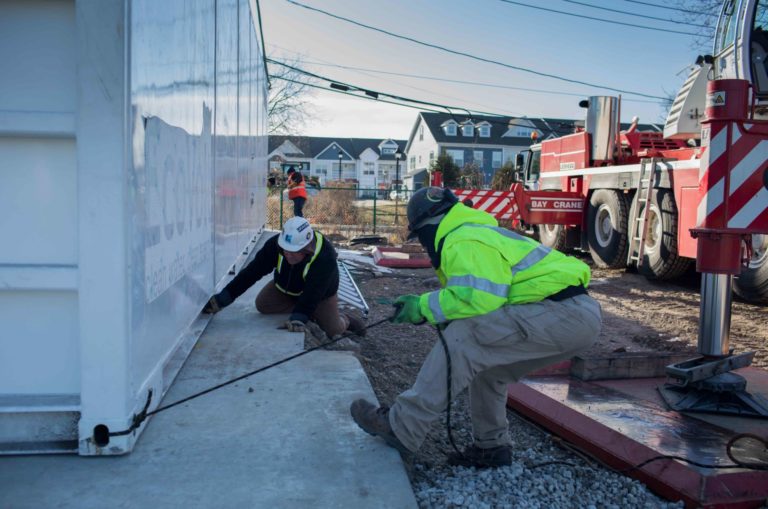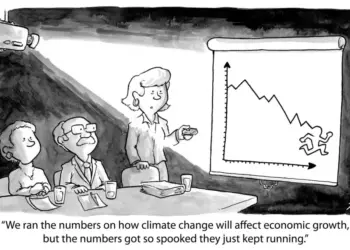Right now there are hundreds of thousands of industrial facilities, all over the world, manufacturing the food in our pantries, the drinks in our refrigerators, the textiles in our closets, and the medicine in our cabinets. Each of these facilities generates some waste as part of the production process. Precisely how much waste depends on the type and the amount of product manufactured. As you might expect, some facilities produce a lot of waste. This waste is filling up our landfills and straining our local infrastructure, polluting our waterways, and endangering our ecosystems.
Now imagine if we could turn that waste into a resource. Imagine if we could use that waste to produce renewable energy, nutrient-rich soil, or reusable water, lowering the ecological impact of these industrial facilities while improving their resilience and profitability.

This kind of circular ecology is fundamental to nature, where there is no waste. Take water, for instance. Water is consumed in natural processes, discharged as waste, and filtered through microbial communities that convert the waste particles into life. It’s then lifted to the sky through evaporation, only to come careening back down to earth to rejoin sub-surface waterways where it started its journey. In a sense, there is no “new water,” and there hasn’t been since the dawn of life on this planet.
Novel technologies across the world are harnessing the power of these natural sequences, mimicking circular ecology to create momentum behind the circular economy in manufacturing. Cambrian Innovation’s water and wastewater treatment technology generates renewable energy and reusable water from industrial wastewater. Short-circuiting the natural loop of regeneration and boosting economic outcomes for manufacturers on-site in the process. But much work remains in order to broadly implement these types of solutions.
Our water supply is dwindling quickly, and we are polluting the little that remains.
In 2019, we’ve reached a point where 80% of the world’s municipal wastewater is discharged back into the environment with little to no treatment and a third of the world’s major aquifers are losing water. Our water supply is dwindling quickly, and we are polluting the little that remains. Each year in the United States, more than 850 billion gallons of raw sewage and stormwater is discharged into bodies of water when combined stormwater and wastewater volumes overwhelm treatment plants. The wastewater that we do treat requires an enormous amount of energy. The United States Department of Energy estimates that the electricity consumed by the country’s current wastewater treatment infrastructure costs roughly $2 billion annually and is equivalent to more than 21 million metric tons of carbon dioxide.

On the other side of our water cycle, the supply of public drinking water accounts for 1% of the total annual electricity use in the U.S. Most of that energy is used to pump water across long distances, up and down steep elevations, and through extensive networks of pipes.
As populations grow, regulatory intensity increases, and public infrastructure ages, water and wastewater utility rates will continue to outpace inflation. On top of the increasing costs for businesses and individuals comes the risk of uncertain and volatile pricing, a known and formidable economic dampener.

Industrial manufacturers are already seeing the impact of these trends in soaring utility bills, capped production due to strained local treatment facilities, and alternative, often less environmentally friendly means of disposal — like trucking wastewater elsewhere or directly discharging to nearby land. This reality has become untenable for many companies, forcing some to temporarily stop operations or completely shutter their facility.
In response to these trends, Cambrian Innovation’s technology eliminates the costly and inefficient outcomes of our traditionally linear approach to wastewater management. In our industrial ecology, we recreate and accelerate nature’s processes, treating the soluble organic matter in industrial wastewater on-site for water reuse, heat, and energy.

This approach is only part of the path forward. Conservation efforts, as well as necessary repairs and upgrades to existing centralized infrastructure, will be important pieces of the puzzle. But decentralized water and wastewater infrastructure has already made an outsized impact in reducing water and energy consumption.
Facilities that transition to on-site water and wastewater management can save tens of thousands of dollars, eliminate dozens of metric tons of carbon, and generate millions of gallons of water all at once. A partner brewery of ours, for instance, will recycle over 4 million gallons of reuse-quality water in their first year of operations and save over $7 million over the lifecycle of their system. In terms of the recycled water alone, the brewery will reduce its carbon footprint by 50 metric tons each year.
Editor’s Picks — Related Articles:

“Thanks, Mom, for the Gift of Water”

“That Issue of Waste Data … It’s a Circular Conversation”
The impact is as tremendous as the opportunity. By 2050 Cambrian’s wastewater-to-resources technology could eliminate one gigaton of carbon from the atmosphere, and recover trillions of gallons of water.
It is the nature of truly circular solutions that we see the greatest impact per dollar spent. Renewable innovations like solar, wind, and hydropower will be fundamental to a sustainable and resilient future. But in order to avert the environmental crises looming in the near future, we must produce as little waste as possible by efficiently recovering the resources contained within. Our planet has been doing it for millennia, now it’s our turn to follow suit.











